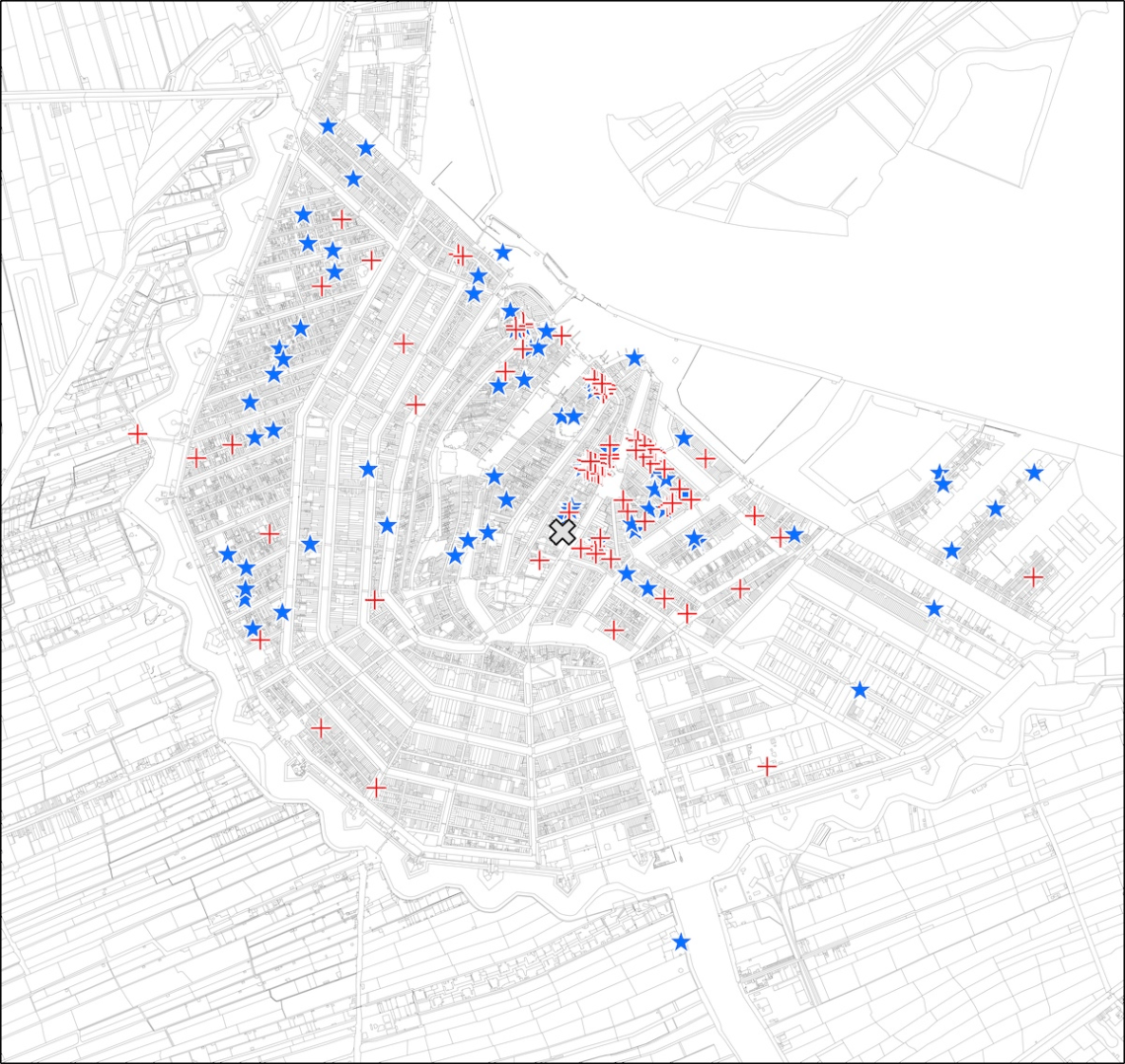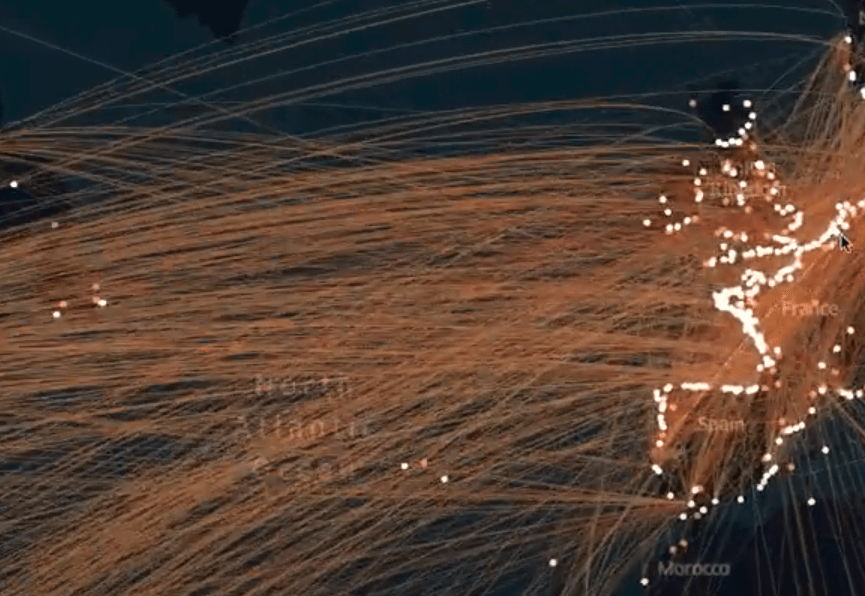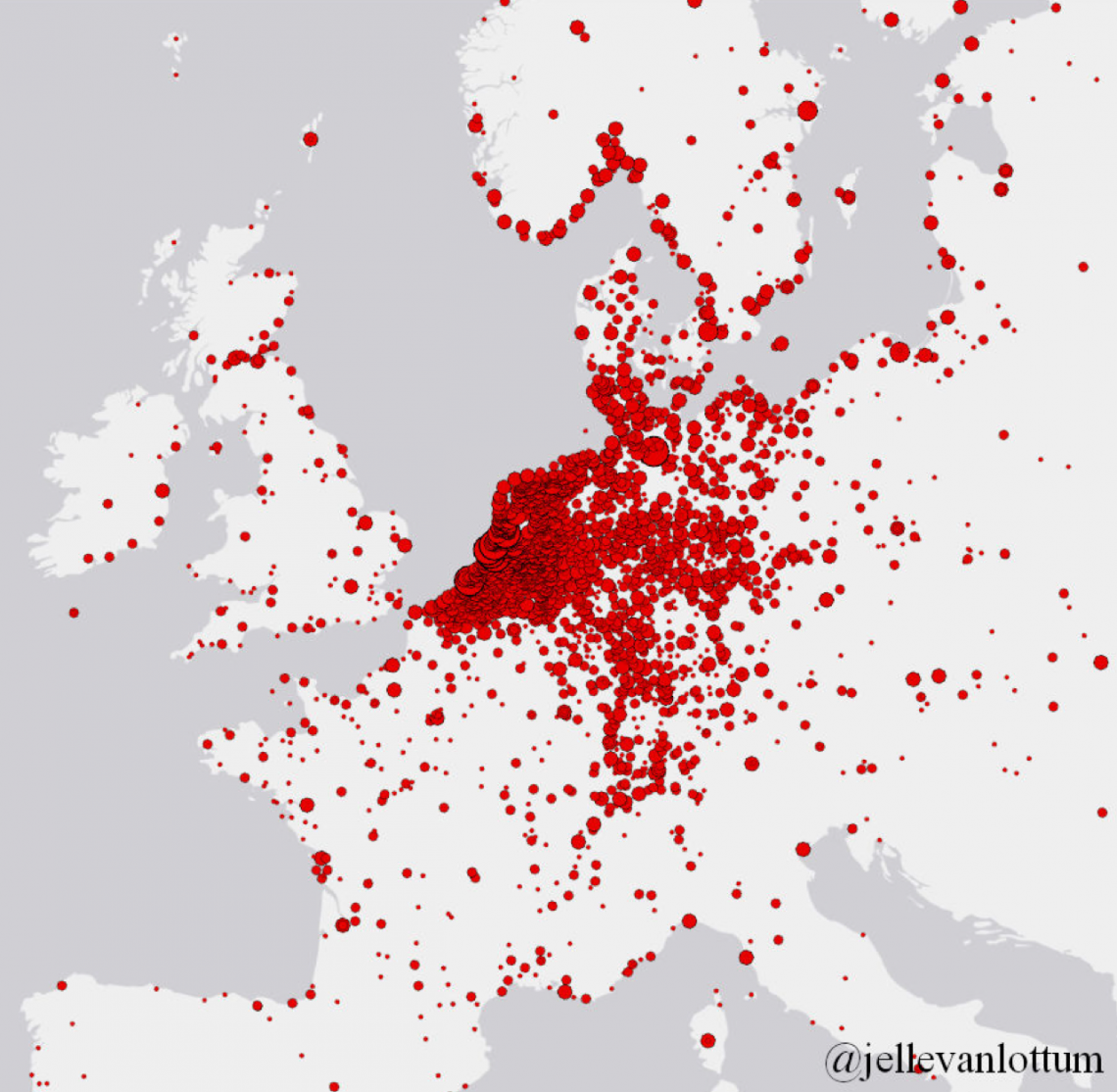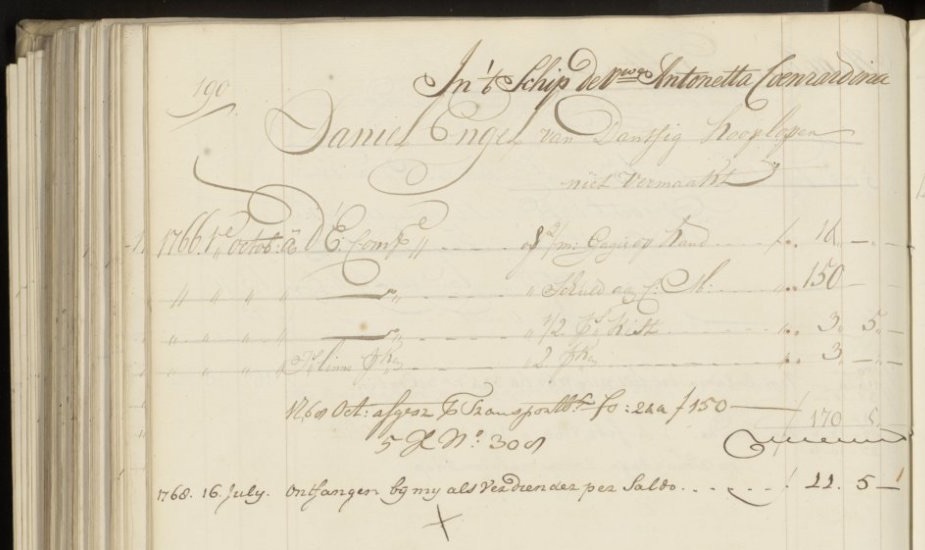-
VOC Sailors’ Last Days in Europe
Our new Dutch-language book, In de schaduw van de stad (Amsterdam: Ambo|Anthos 2023), which tells a series of short stories about ‘ordinary’ Amsterdammers through the ages, includes a chapter on sailors. We researched the crew members of three VOC ships that left Amsterdam in November 1775: who were they, where did they come from, where did they live or stay in Amsterdam? It was known that inns played an important role in the lives of many aspiring VOC sailors by providing a place to stay and information about finding work with the VOC. And it was also known that this was especially true for migrants. But we were surprised when…
-
Walking through the Prize Paper Dataset
This video provides a tour through the Prize Paper dataset using Kepler. Kepler is an amazing open source geospatial analysis tool for large-scale data sets. Here I’ve used it get an impression of the geographical scope of the Prize Paper Dataset – focusing on the shipping connections. Every line represents the journey of an 18th century merchant ship. As you can see the main connections are intra-European and Transatlantic. We’ll make the dataset available (hopefully) sometime early next year. Please look at my twitter feed for any updates and other visualisation (maps in particular), using this dataset.
-
Where the VOC crews came from
The pay ledgers of the Dutch East India Company (VOC) are an important data source for our projects (we tell more about this source in this blog post). The following dynamic heatmaps give a good impression of the regions where the sailors on board of the ships headed for Asia originated. For clarity reasons, crew members from one of the six VOC towns (Amsterdam, Delft, Enkhuizen, Hoorn, Middelburg and Rotterdam) were excluded from these maps.
-
Data: VOC maritime personnel records
Our research on the careers of maritime workers is based on a number of data sources, which we’ll introduce in separate blog posts. First up is a database containing the maritime personnel records of the Dutch East India Company (VOC). In the period 1602-1795, just under 5,000 Dutch East India Company ships sailed from the Dutch Republic to Asia. Each of these kept a pay ledger, in which personal particulars and salary information for all paid crew members were registered. Not all pay ledgers have survived until today, but for the late 17th and, especially, the 18th century, the ledgers give a very good view of the (highly international) workforce of…



